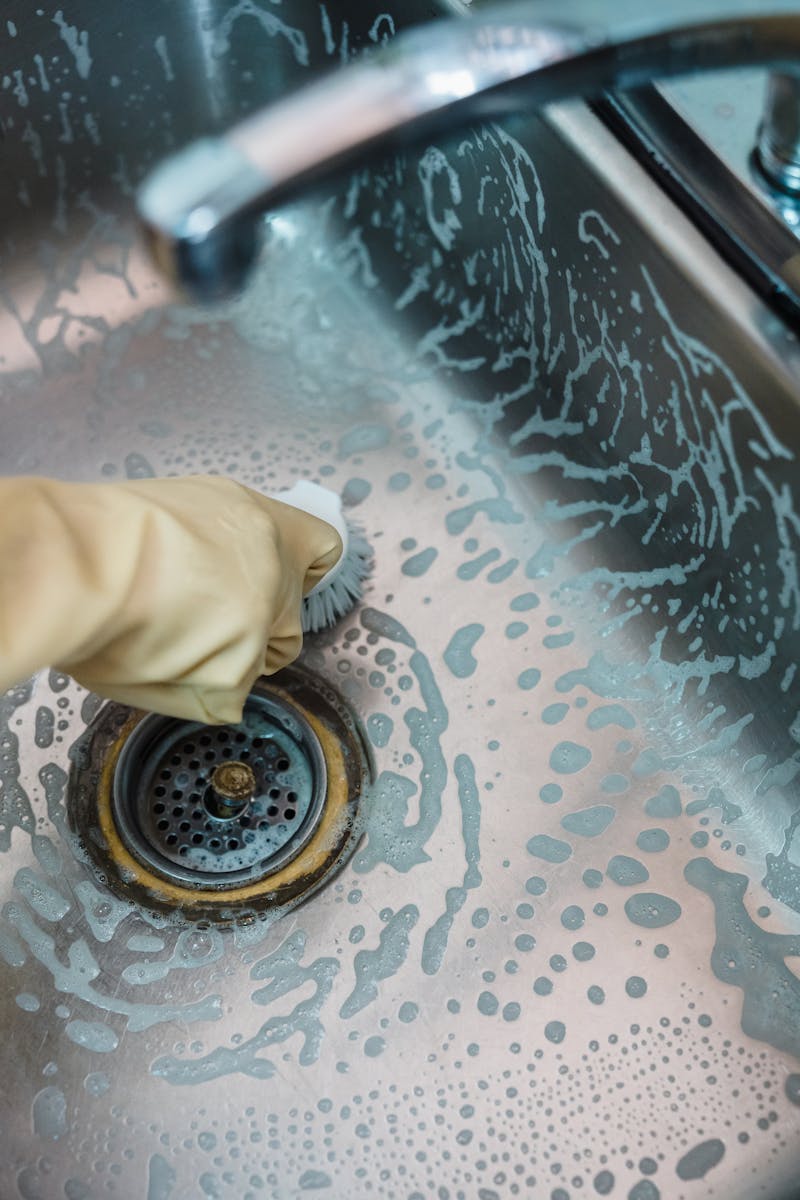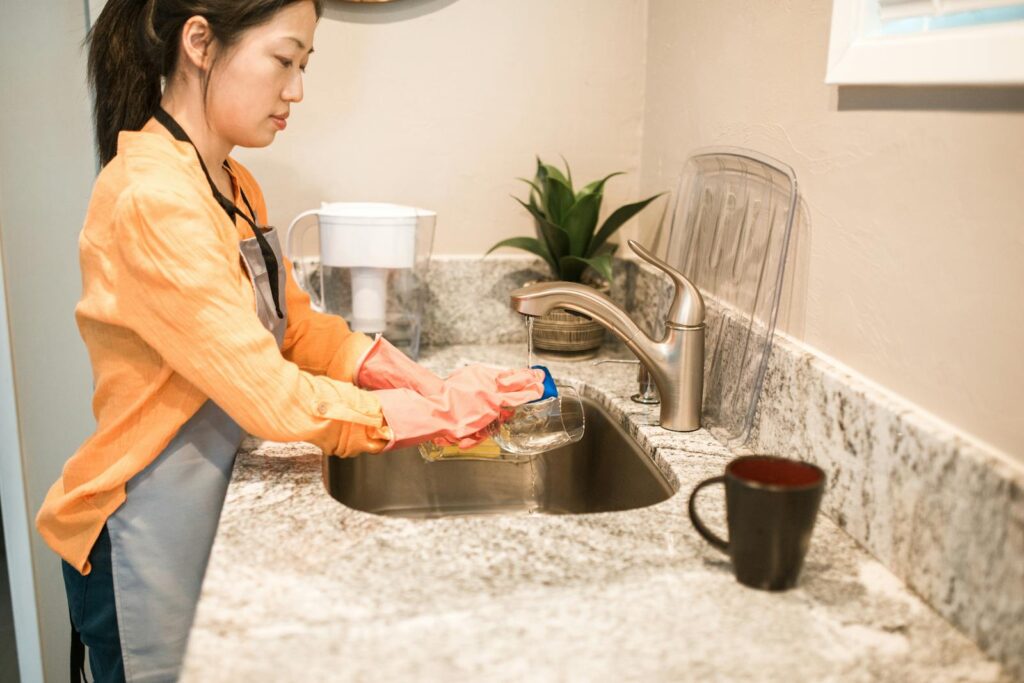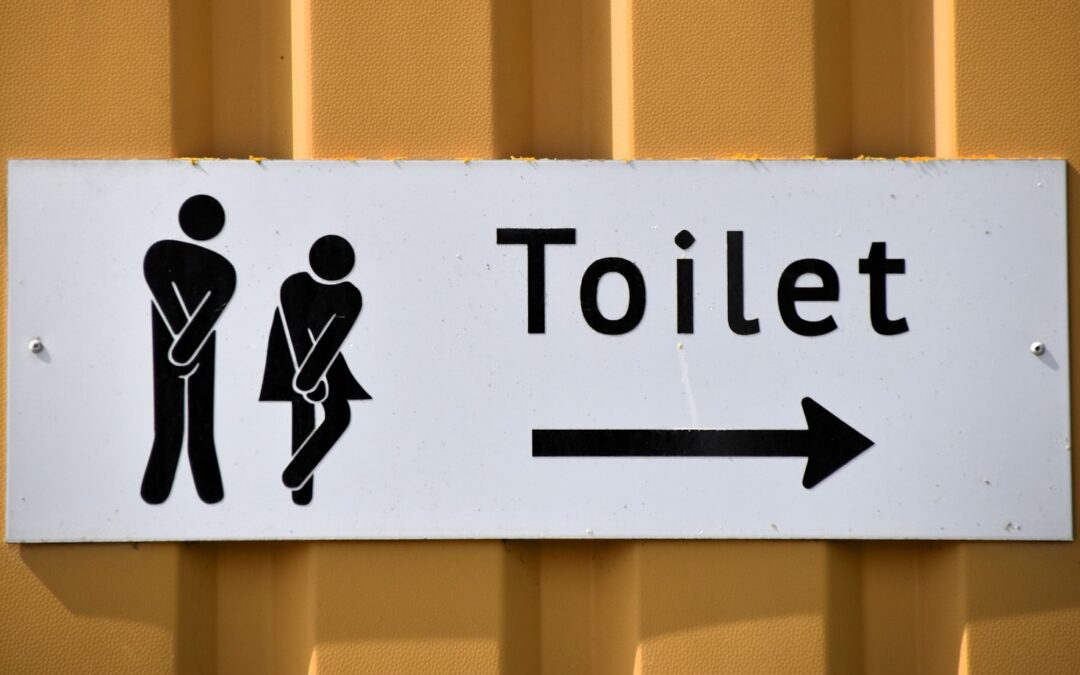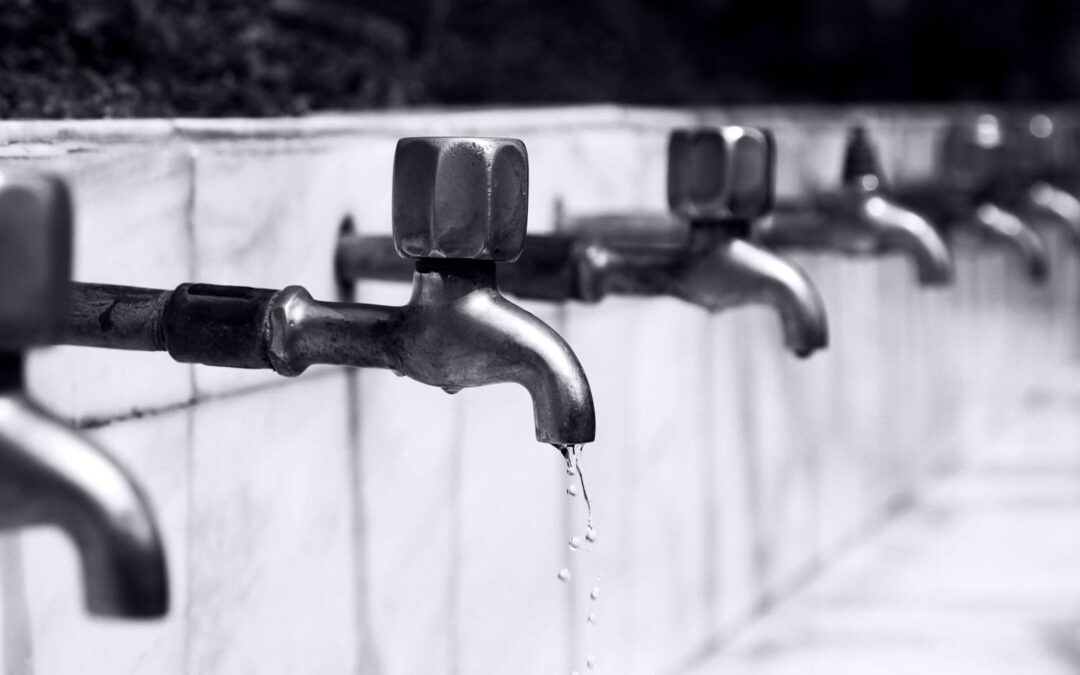Most homeowners have experienced the unpleasant surprise of discovering small, worm-like creatures in their drains. These so-called “drain worms” can be alarming, but understanding what they are and how to eliminate them can help you tackle this common household problem effectively.
Drain worms are actually drain fly larvae—the immature stage of small flies that breed in the organic matter that accumulates in your plumbing. While they may look like tiny worms, these creatures are part of a larger pest problem that requires targeted treatment. This guide will walk you through everything you need to know about identifying, preventing, and eliminating drain worms from your home.
Why Keeping Your Drains Clean is Essential
Maintaining clean drains is not just about avoiding unpleasant smells or minor inconveniences—it plays a critical role in ensuring the health, safety, and efficiency of your home. Here are the key reasons why keeping your drains clean should be a top priority:
Schedule Service Online
Get a free estimate so you know what you're signing up for
"*" indicates required fields
For Emergency Services Call: 410-255-9300
1. Prevents Pest Infestations
Dirty and clogged drains are the ideal breeding ground for pests, including drain flies, cockroaches, and other insects. The organic buildup in drains provides the perfect environment for these pests to nest and reproduce. Regularly cleaning your drains eliminates this habitat, keeping your home pest-free.
2. Avoids Clogs and Blockages
Over time, grease, soap residue, hair, and food particles can accumulate in your drains, causing clogs. These blockages not only slow down water flow but can also lead to backups and even flooding. Routine cleaning helps to remove these obstructions before they develop into larger problems.
3. Reduces Foul Odors
A neglected drain often leads to unpleasant smells that can permeate your kitchen, bathroom, or entire home. These odors are typically caused by decomposing organic matter and bacteria build-up. Regular drain maintenance prevents such accumulation, keeping your home fresh and odor-free.
4. Promotes a Healthier Environment
Dirty drains harbor harmful bacteria and pathogens that can potentially spread into your living spaces and compromise indoor air quality. Cleaning your drains regularly minimizes health risks for you and your family by eliminating these dangerous microorganisms.
5. Extends the Lifespan of Your Plumbing System
Frequent clogs and neglect can put undue stress on your plumbing system, leading to wear and tear over time. By keeping your drains clean, you ensure a longer lifespan for your pipes and prevent unnecessary damage and costly repairs.
6. Saves Money in the Long Run
While cleaning your drains may seem like a small task, it can save you significant amounts of money in the long term. By avoiding clogs, backups, and potential plumbing emergencies, you’ll spend less on repairs and replacements.
7. Improves Water Flow
A well-maintained drain allows for smooth and efficient water flow. This improves the functionality of your sinks, bathtubs, and appliances, avoiding the frustration that comes with slow drainage.
8. Supports Environmental Responsibility
When you clean your drains, you reduce the likelihood of harmful materials, oils, and grease entering local waterways. This small act contributes to protecting the environment and maintaining cleaner ecosystems.
By prioritizing drain cleanliness as part of your home care routine, you’ll enjoy a more hygienic, efficient, and stress-free living environment while avoiding the hassle and expense of dealing with major plumbing issues.
What Are Drain Worms?
Drain worms are the larval stage of drain flies, also known as sink flies, sewer flies, moth flies, or filter flies. These small, fuzzy-looking adult flies are commonly found around sink drains, shower stalls, and other moist areas where they lay eggs in decomposing organic matter.
The larvae themselves are small, thread-like creatures that can range from white to grayish in color. They typically measure between 4-10mm in length and have a distinctive segmented appearance. Unlike true worms, drain fly larvae have a clearly defined head and body segments, though this can be difficult to see without magnification.
The Life Cycle of Drain Flies
Understanding the different life stages of drain flies helps explain why simply killing adult flies isn’t enough to solve the problem:
- Egg Stage: Adult flies lay eggs in the film of organic material that coats drain pipes
- Larval Stage: The “drain worms” feed on decomposing organic matter for 10-24 days
- Pupal Stage: Larvae transform into pupae, which last 1-3 days
- Adult Stage: Mature flies emerge to mate and lay more eggs, completing the cycle
This rapid reproduction cycle means that, if left unchecked, a small drain fly problem can quickly become a major infestation.
Where Drain Worms Come From
Drain worms thrive in environments with three key conditions: moisture, organic material, and minimal water flow. Here are the most common breeding grounds:
Kitchen and Bathroom Drains
Sink drains provide ideal conditions for drain fly larvae. Food particles, soap scum, hair, and other organic debris create a nutrient-rich environment. Even the toilet can harbor these pests if organic matter builds up in the bowl or pipes.
Shower and Bathtub Drains
The combination of hair, soap residue, and standing water makes shower drains particularly attractive to drain flies. The shower door area and surrounding tiles can also collect moisture that supports their development.
Basement and Utility Areas
Floor drains in basements, laundry rooms, and utility areas often have stagnant water and accumulated debris. These locations may not be cleaned as frequently, allowing organic matter to build up over time.
External Sources
Storm drains, septic tanks, and sewage treatment facilities can also harbor drain flies. Adult flies from these sources may enter your home and establish new breeding sites in your plumbing.
Health Risks Associated with Drain Worms
While drain worms themselves don’t bite or sting, they can pose several health concerns:
Bacteria and Disease Transmission
Drain flies and their larvae live in environments rich with bacteria. They can spread bacteria from contaminated drains to food preparation areas and other surfaces. While they don’t typically carry blood borne diseases, they can contribute to unsanitary conditions.
Respiratory Issues
For individuals with bronchial asthma or other respiratory conditions, the presence of drain flies and the organic matter they feed on can worsen symptoms. The decomposing organic matter in drains can also produce unpleasant odors.
Secondary Infestations
Large populations of drain flies can attract other pests, creating additional problems in your home.
How to Identify Drain Worms
Proper identification is crucial for effective treatment. Here’s how to confirm you’re dealing with drain fly larvae:
Visual Inspection
Look for small, worm-like creatures in and around drains. They may be visible crawling on drain surfaces or floating in standing water. Use a flashlight to check dark areas around pipes and under sinks.
Sticky Tape Test
Place a piece of sticky tape over suspected drain openings overnight. If adult flies are present, they’ll get caught on the tape as they emerge from the drain.
Check Multiple Locations
Don’t limit your inspection to one drain. Check all sinks, the toilet bowl, bathtub, shower stall, and any floor drains throughout your house.
Adult Fly Identification
Adult drain flies are small (about 2-5mm), fuzzy, and often mistaken for tiny moths. They have a distinctive heart-shaped appearance when viewed from above and tend to fly in short, erratic patterns.
How to Get Rid of Drain Worms
Eliminating drain worms requires a multi-step approach targeting both the larvae and the conditions that allow them to thrive.
Step 1: Remove Organic Matter
The most important step is eliminating the food source. Remove visible debris from drains and clean away the biofilm that coats pipe walls.
For accessible drains:
- Remove drain covers and manually clear visible debris
- Use a drain brush or old toothbrush to scrub away organic buildup
- Clean the drain cover thoroughly before replacing it.
Step 2: Hot Water Flush
Pour boiling water down affected drains to kill larvae and help dissolve organic matter. This method is safe for most plumbing systems and can be repeated daily until the problem is resolved.
Step 3: Natural Cleaning Solutions
Several household items can effectively clean drains and eliminate drain worms:
Baking Soda and White Vinegar:
- Pour 1/2 cup of baking soda down the drain
- Follow with 1/2 cup of white vinegar
- Cover the drain for 30 minutes
- Flush with hot water
Salt and Baking Soda:
- Mix 1/2 cup salt with 1/2 cup baking soda
- Pour down the drain and let sit overnight
- Flush with hot water in the morning
Step 4: Commercial Drain Cleaners
If natural methods aren’t effective, consider using commercial drain cleaners designed for organic buildup. Avoid products that simply pour bleach, as these may not penetrate the biofilm where larvae live.
Step 5: Address Plumbing Issues
Fix any plumbing problems that create standing water or slow drainage. Clogged pipes and plumbing issues create ideal breeding conditions for drain flies.
Prevention Strategies
Preventing drain worms is easier than eliminating an established infestation:
Regular Maintenance
- Clean drains weekly with hot water and a brush
- Remove hair and debris promptly
- Use drain screens to catch particles before they enter pipes
Eliminate Standing Water
- Fix leaky pipes and faucets
- Ensure drains quickly remove water
- Address any areas where water collects in damp areas
Proper Waste Disposal
- Don’t pour grease or food particles down drains
- Dispose of organic waste in trash or compost piles
- Keep kitchen and bathroom surfaces clean
Monthly Deep Cleaning
- Perform thorough drain cleaning monthly
- Check less frequently used drains
- Inspect areas around plumbing for moisture issues
When to Call a Professional Like MD Sewer And Plumbing
While most drain worm problems can be resolved with DIY methods, certain situations require professional intervention:
- Persistent infestations that don’t respond to repeated treatment
- Multiple drain locations affected simultaneously
- Plumbing problems causing chronic standing water
- Large populations of adult flies throughout the house
- Structural issues allowing entry from external sources like storm drains
Professional plumbers can address underlying plumbing issues, while pest control experts can identify and treat breeding sites that may not be obvious to homeowners.
Helpful Resources and Links
Here are six valuable resources to help further your understanding of drain flies and plumbing issues, as well as how to keep your home pest-free and your plumbing in top condition:
EPA Guide on Household Pest Management
This comprehensive guide from the Environmental Protection Agency offers tips and strategies for managing household pests like drain flies safely and effectively.
https://www.epa.gov/safepestcontrol
Plumbing Basics from the American Society of Plumbing Engineers
https://www.aspe.org/plumbing-basics/
Learn the fundamentals of plumbing systems to better understand how to maintain and troubleshoot issues in your home.
CDC Resources on Mold Prevention
https://www.cdc.gov/mold/default.htm
Since drain flies thrive in environments with organic buildup, this resource offers valuable information on preventing such conditions in your home.
Drain Cleaning Tips by Family Handyman
https://www.familyhandyman.com/project/how-to-clean-out-a-drain/
Discover practical DIY tips on keeping your drains clean and free of debris to discourage drain fly infestations.
National Pest Management Association Pest Encyclopedia
https://www.pestworld.org/pest-guide/
This encyclopedia provides in-depth profiles on various pests, including drain flies, and offers guidance on control measures.
https://www.mdsewerandplumbing.com
Our website features detailed information on professional services, prevention tips, and support to address your plumbing and pest concerns with ease.
By leveraging these resources, you can stay informed and take a proactive approach to managing both plumbing and potential pest issues.

Protecting Your Home in the Long Run
Successfully eliminating drain worms requires ongoing attention to the conditions that allow them to thrive. Regular cleaning, proper maintenance, and quick action when problems arise will keep your drains free from these unwanted visitors.
Remember that drain worms are symptoms of a larger issue—excessive organic matter in your plumbing system. By addressing the root cause through consistent cleaning and maintenance, you can prevent future infestations and maintain a healthier home environment.
The key to long-term success is making drain maintenance a regular part of your household routine. A few minutes of weekly attention to your drains can prevent the frustration and expense of dealing with a full-scale infestation.






